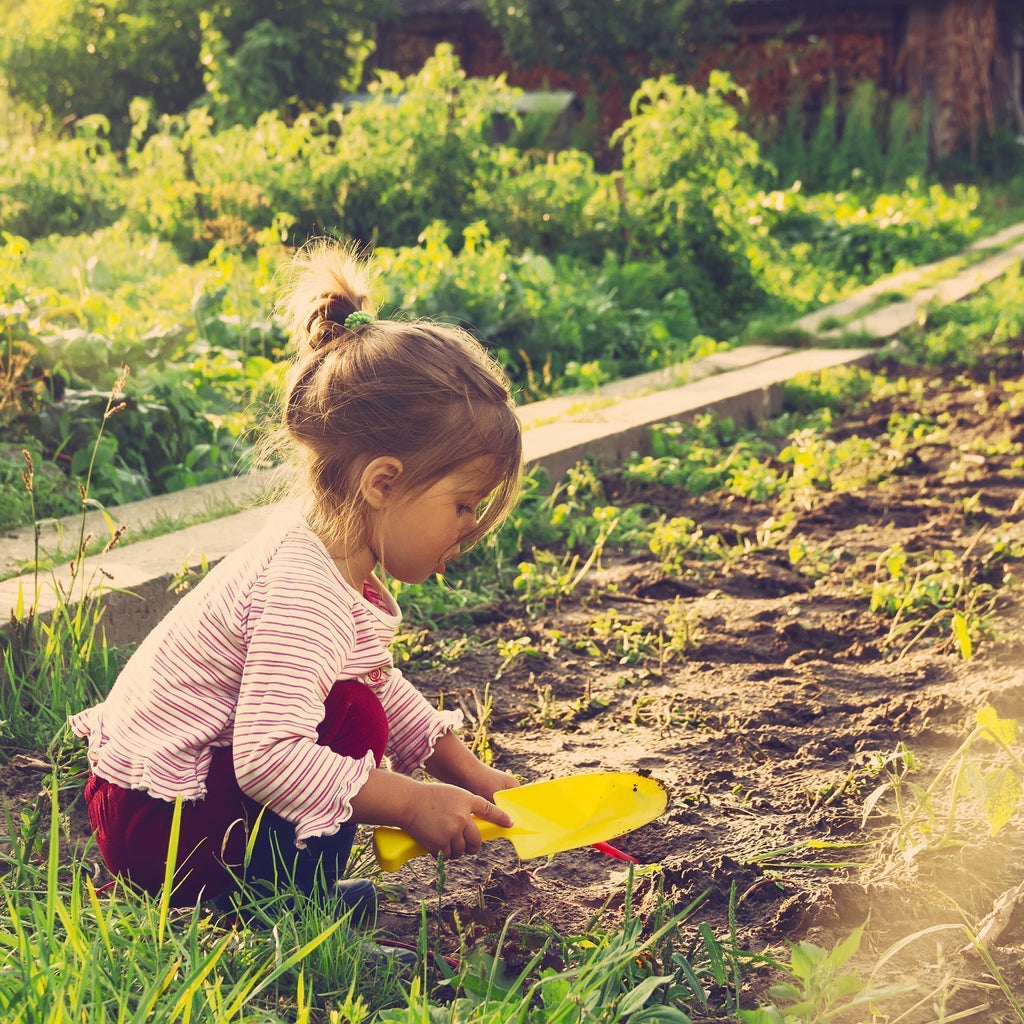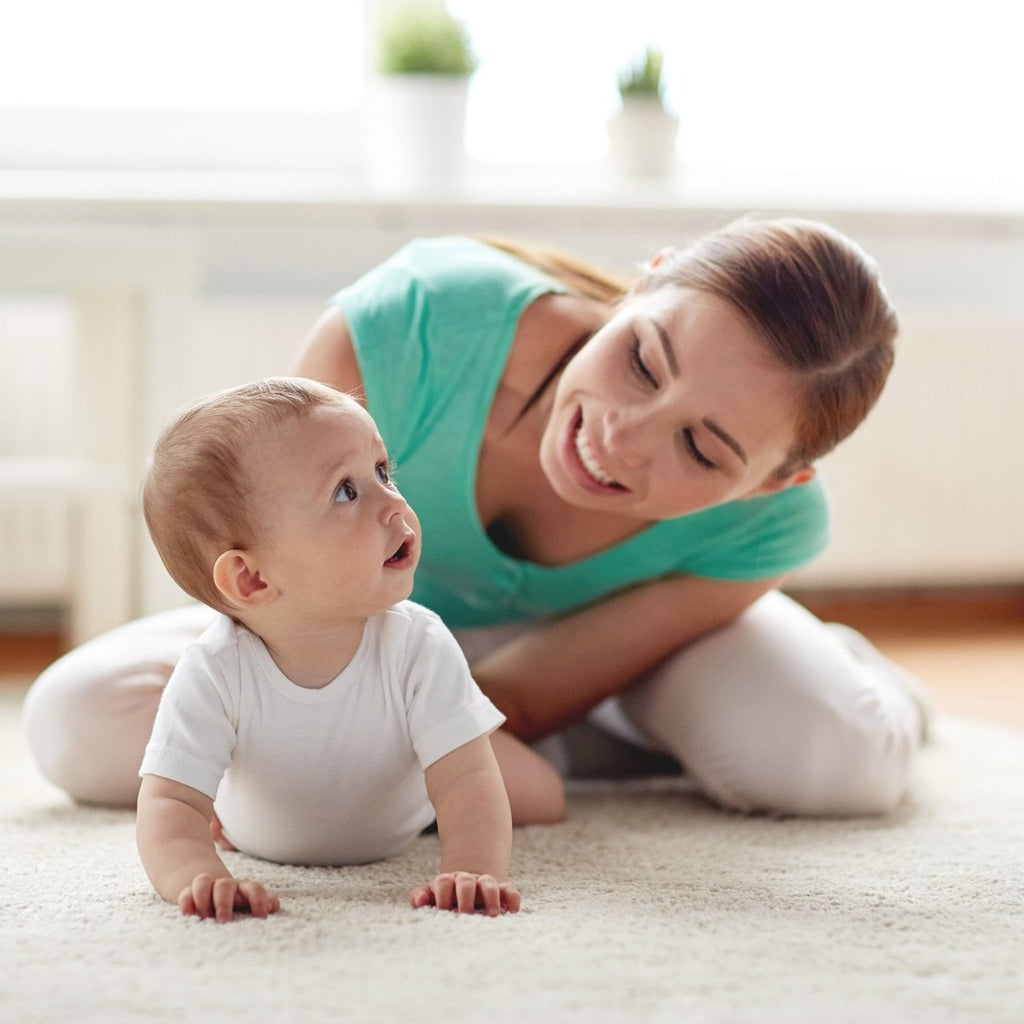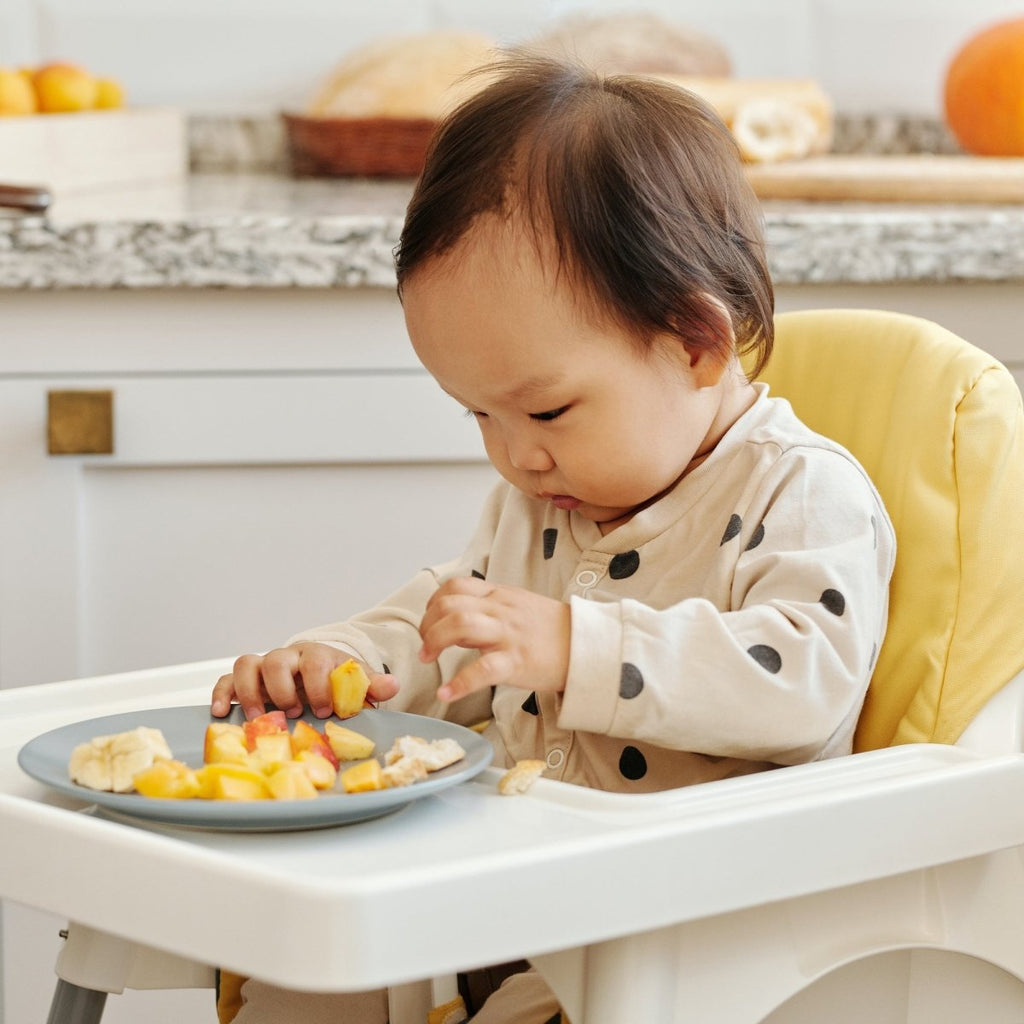Starting solid foods: What to expect, how to prepare
March 15, 2023
It's important to start solid foods as early as possible, because your baby will get all of their nutrients from breast milk or formula for the first six months of life. Starting solids before 6 months is not recommended unless advised by a doctor or dietitian.
When you're ready to introduce solid foods into your baby's diet, there are many options available that can help ease the transition from milk-only meals into more complex ones. These include:
- Baby cereals (rice or oat) mixed with breast milk or formula
- Pureed fruits and vegetables (pear puree works well)
- Cooked meat such as chicken pieces
Signs your baby is ready for solid foods
Your baby is ready for weaning when they:
- Can sit up steadily with minimal support
- Are able to pick up food and bring it to the mouth
- Have doubled birth weight (this usually happens around 6 months)
How to start solid foods
Choose the right time. If your baby is still on a regular schedule, you may want to wait until after he or she has eaten and is ready for bed. If your baby isn't eating very much at each meal, it's better to start solid foods when they are hungry and eating more frequently–this will help them get used to having food in their system more often than not.
Have the right environment. It's important that you choose an area that's free from distractions and ready for spills (and also easy for cleanup with a splat mat for messy baby-led weaning sessions). Near the kitchen countertop works well because there's plenty of room around it for you and your child, plus it gives access to everything else needed during mealtime: bowls, spoons, forks, etc. The dining room table also works great since it's a place where everyone can sit down comfortably.
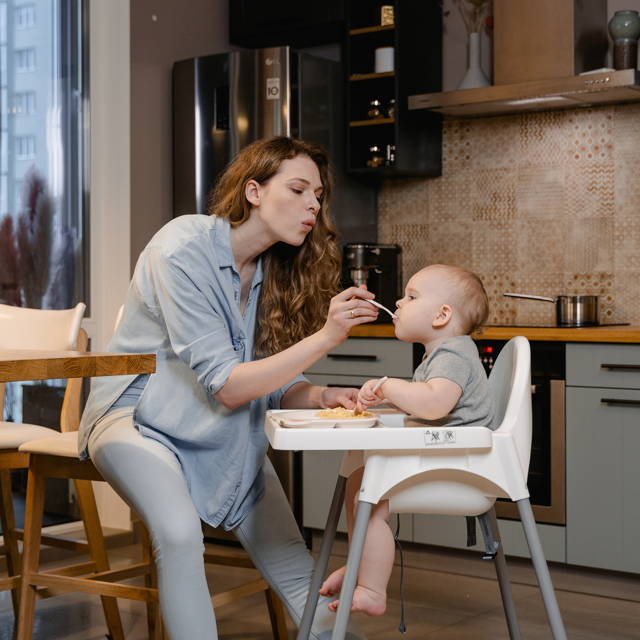
Photo: Mart Production
Best first foods for a baby
Pureed fruits and vegetables. The first foods you'll want to introduce are pureed fruits and vegetables. These can be made by steaming or boiling the produce, then blending it with water until smooth (or adding breast milk or formula). You can also buy baby food in jars if you prefer that option over making your own.
Cereals. Cereals are another great way for babies to get extra nutrition at this stage–they're fortified with iron, zinc and other essential vitamins that will help them grow strong bones! Just remember not to give your little one too much sugar; opt for unsweetened varieties instead of those with added sugar.
Pureed meats (and other proteins). Once your child has had some time getting used to eating solid foods regularly without any problems whatsoever (about six months), it's safe for them to try out some new flavors like meatloaf or chicken noodle soup--just make sure they're cooked well enough and blended into a smooth consistency.
Tips for feeding your baby solids
Start with small amounts. It's important to start baby on solids slowly and give them time to adjust to the new texture and taste of food. You can gradually increase the amount of food they receive over time, but don't rush it.
Offer a variety of foods in each meal or snack so that your baby gets a balanced diet from all food groups (fruit, vegetable, protein source).
Use a spoon instead of fingers for feeding. This will help keep your baby from getting too messy as well as making sure they get enough food. And remember that babies have very little control over swallowing at this age. They may cough or choke if they try to swallow too much at once; so go slowly until you see how much they can handle comfortably before offering more bites than usual during one sitting. Watch out for signs that might indicate when they've had enough: They'll usually stop sucking when full, and this could also mean drooling excessively because saliva builds up inside their mouth with each spoonful.
Safety considerations when introducing solids
Gagging: This is a common problem for babies, especially around 6 months of age, who are just starting to eat solid foods. They may gag when they try to swallow their food, or they may spit it out. As long as your baby is not choking on the food, you don't need to worry about this! Ensuring your little one is over 6 months old can help reduce such risks. Your baby will learn how to swallow in time–it's normal for babies around six months old or older before they can eat without gagging at first.
Choking: If your baby starts coughing or has trouble breathing after eating solids, call 911 right away! It's important that you know what signs of choking look like so that if something happens while you're feeding your child (or someone else), you can act quickly and save his life!
Spitting Out Food: Don't worry too much about this one–spitting up happens with all babies at some point during their early years (and even later). Most kids eventually stop spitting up altogether by age three or four years old; others still do so occasionally into adulthood–but either way it's nothing serious! Just make sure that whatever foods cause them discomfort aren't too spicy for them yet (e.g., no hot peppers yet), since spicy foods can irritate the lining inside our mouths/throats/stomachs which makes us feel sicker than usual.
Solid foods to avoid
Avoid giving your baby honey and nuts, as they can be a choking hazard. Shellfish should also be avoided because it's high in salt and may cause an allergic reaction. If your doctor recommends that you give your baby added salt or sugar to help with digestion (especially if they have reflux), do so sparingly–and don't use these foods as a substitute for breast milk or formula.
When it comes to feeding time, remember that consistency is key: If you're going to start with rice cereal one day and then move on to sweet potatoes the next day, it will be difficult for both of you!
Feeding schedule
Your baby's feeding schedule will depend on their age, but it's generally best to feed them at least every four hours. You'll want to start with small amounts and work your way up as they get used to eating solid foods.
- At 6 months: Your child may eat 2-3 tablespoons of food per feeding (about 1/2 cup total)
- At 7 months: Your child may eat 3-4 tablespoons per feeding (about 1/2 cup total)
- At 8 months: Your child may eat 4-5 tablespoons per feeding (about 1/4 cup total)
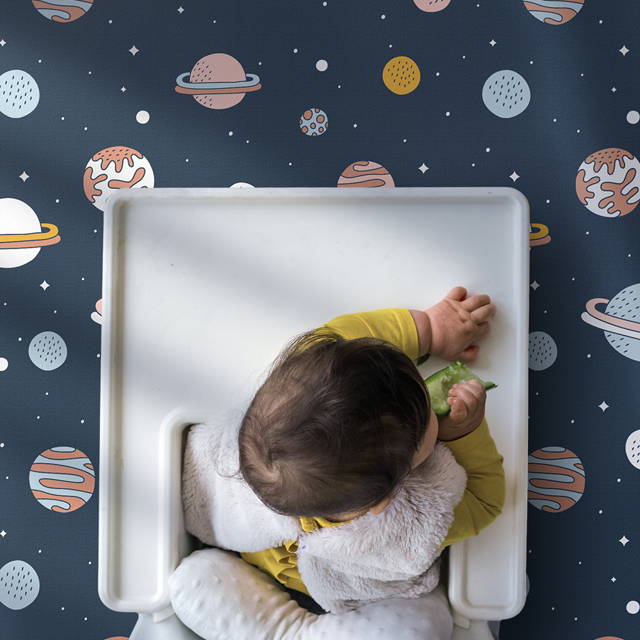
Pictured: Wildcubz Splat Mat (Space Cadet)
Transitioning to table foods
Introduce one food at a time. It's best to start with just one new food per day, so that you can watch for any food allergy reactions (such as rashes) or side effects (like gas).
Offer a variety of textures. Babies need to learn how to chew and swallow different foods, so offer them soft options like yogurt or mashed bananas first before moving on to chunkier items like cooked carrots or pasta sauce–and don't forget about purees!
Watch for choking hazards. Don't give babies foods that are too large for their mouths; instead, cut them into small pieces if necessary before serving them up.
Conclusion
Your baby is ready for solids when they:
- Show interest in food and try to grab it, they might be ready for baby-led weaning
- Have lost the tongue-thrust reflex (the ability to push food out of their mouths)
- Can sit upright with minimal support and have good head control
If your baby meets these criteria, you're ready to start introducing solid foods. Start with one new food at a time and watch for any reactions that could indicate an allergy or intolerance, especially important around 6 months old when the immune system begins to respond more to allergenic food. If all goes well, continue with another new food every few days until your little one has tried several different types of foods from each group listed above.
This article is based on our opinions and experience, and is not medical or dietary advice. Consult a pediatrician about your specific needs. *Disclosure: We only recommend products we would use ourself, and all opinions expressed here are our own. This post may contain affiliate links that at no additional cost to you, we may earn a small commission.
Join the pack
Don't miss out on Wildcubz updates. Be the first to know about new collections, exclusive offers, and more.
By entering your email, you agree to receive emails from Wildcubz, and can unsubscribe at any time.


